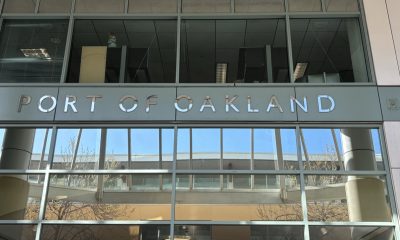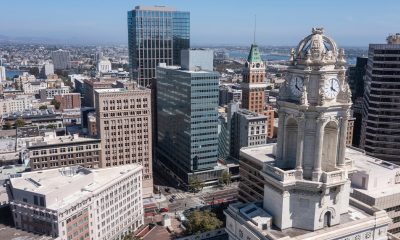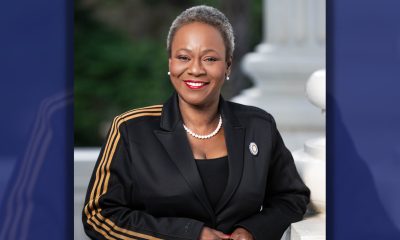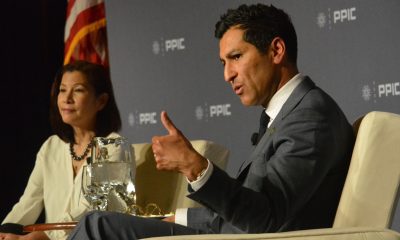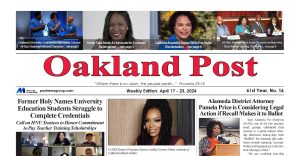Activism
Oakland Voters Reject Spending Taxpayer Money for A’s Howard Terminal Project
“As part of any major corporate development or sports stadium plan, local governments in California make the creation of a Community Benefits Fund part of the deal. This is money paid by the developers to fund important projects that local citizens identify, including addressing homelessness, affordable housing, crime prevention, and education programs. “How do you think the proposed $450 million Community Benefits Fund connected to the Howard Terminal Stadium project should be paid for?

Two-thirds of voters would not support candidates who voted to spend taxpayer money on project
By Ken Epstein
A new poll of Oakland voters, conducted by a professional polling company, indicates that Oakland voters reject spending taxpayer money to build a new A’s stadium, retail and condominium project at Howard Terminal at the Port of Oakland.
Further, nearly two-thirds of voters say they would not support candidates for mayor or City Council who voted to spend taxpayer money for the Howard Terminal development.
The first question — without being presented any additional information — was: “From what you’ve heard or read, do you support or oppose the Oakland City Council spending taxpayer money to help build a new A’s baseball stadium next to the port at Howard Terminal.”
The results were 46% opposed, 37% in favor and 17% did not know.
Opposition was significantly higher among residents of Council districts 5 and 7, opposed by 56% to 36% in District 5 and 59% to 37% in District 7.
A’s fans — 53% of the electorate — supported using tax money 44% to 42%. Those who are not A’s fans were opposed to spending taxpayer money by 53% to 26%.
The results of the second question about who should pay community benefits was even more strongly in opposition to taxpayers footing the bill for the A’s corporation.
Here is the question:
“As part of any major corporate development or sports stadium plan, local governments in California make the creation of a Community Benefits Fund part of the deal. This is money paid by the developers to fund important projects that local citizens identify, including addressing homelessness, affordable housing, crime prevention, and education programs.
“How do you think the proposed $450 million Community Benefits Fund connected to the Howard Terminal Stadium project should be paid for?
“a) By the A’s because the project is being built using taxpayer money, and the team should pay their fair share of community benefits like all other developers do. OR
“b) By Oakland City taxpayers without any money from the A’s, because the waterfront development will create a new entertainment, work and residential destination while keeping the last professional team in Oakland.”
An overwhelming 81% to 15% said that the A’s should use their own money and not rely on taxpayer money to pay for the $450 million in proposed community benefits.
The next question asked was, “Do you agree or disagree with this statement: The City of Oakland should NOT spend over $800 million in taxpayer money to keep the A’s in Oakland when the city has other major needs like homelessness, affordable housing, and crime?”
The results: 69% agreed that the city should not spend over $800 million to keep the A’s in Oakland. Support for taxpayer spending drops from 37% to 27% when the “over $800 million” figure is presented.
In a separate poll question, 70% of Oakland voters said homelessness was one of their top two priority issues, followed by 60% who picked crime and 40% affordable housing. Only 5% said “losing pro sports teams” was a top problem.
Finally, voters were asked how this issue would impact their vote for mayor or City Council in this year’s elections.
The question: “After hearing this information, which of the following two candidates would you vote for in the next election for City Council or mayor in Oakland if their positions on other issues were the same?
“a) Candidate A who voted FOR spending over $800 million in taxpayer money for infrastructure improvements to make the Howard Terminal baseball stadium a reality. OR
“b) Candidate B who voted AGAINST spending any taxpayer money to support an A’s Stadium at Howard Terminal, even if the A’s may move out of Oakland. “
The results: Two-thirds (65%) said they support Candidate B, who voted against taxpayer money for the Howard Terminal Stadium, “even if the A’s may move out of Oakland.”
Support for Candidate A, who backed the spending of taxpayer money for the stadium stood at only 29%.
The poll, conducted by FrederickPolls, was released by the East Oakland Stadium Alliance. The sample size was 509 interviews of Oakland registered voters. The interviews were conducted Dec. 8-16, 2021. The margin of error was 4.4%.
Activism
Oakland Post: Week of April 17 – 23, 2024
The printed Weekly Edition of the Oakland Post: Week of April 17 – 23, 2024

To enlarge your view of this issue, use the slider, magnifying glass icon or full page icon in the lower right corner of the browser window. ![]()
Activism
Oakland Schools Honor Fred Korematsu Day of Civil Liberties
Every Jan. 30, OUSD commemorates the legacy of Fred Korematsu, an Oakland native, a Castlemont High School graduate, and a national symbol of resistance, resilience, and justice. His defiant stand against racial injustice and his unwavering commitment to civil rights continue to inspire the local community and the nation. Tuesday was “Fred Korematsu Day of Civil Liberties and the Constitution” in the state of California and a growing number of states across the country.
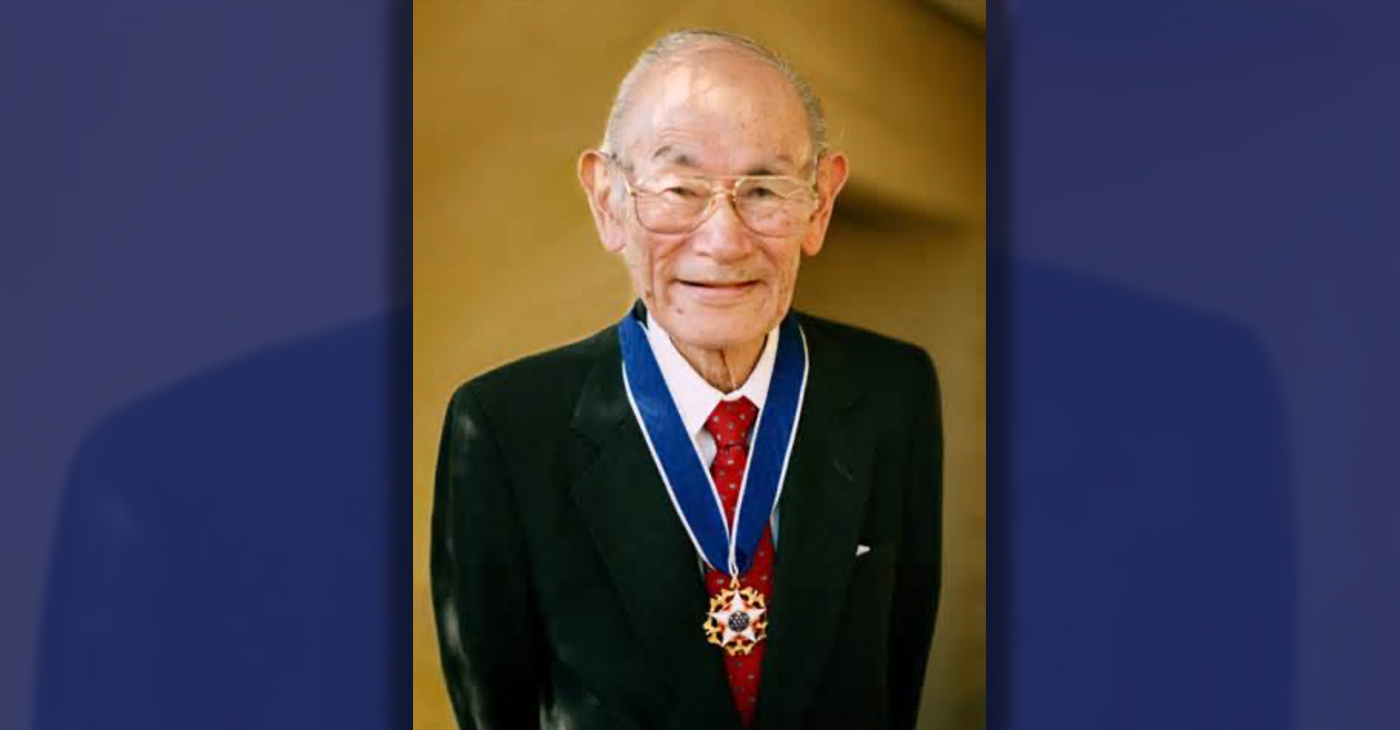
By Post Staff
Every Jan. 30, OUSD commemorates the legacy of Fred Korematsu, an Oakland native, a Castlemont High School graduate, and a national symbol of resistance, resilience, and justice.
His defiant stand against racial injustice and his unwavering commitment to civil rights continue to inspire the local community and the nation. Tuesday was “Fred Korematsu Day of Civil Liberties and the Constitution” in the state of California and a growing number of states across the country.
One OUSD school is named in his honor: Fred T. Korematsu Discovery Academy (KDA) elementary in East Oakland.
Several years ago, founding KDA Principal Charles Wilson, in a video interview with anti-hate organization “Not In Our Town,” said, “We chose the name Fred Korematsu because we really felt like the attributes that he showed in his work are things that the children need to learn … that common people can stand up and make differences in a large number of people’s lives.”
Fred Korematsu was born in Oakland on Jan. 30, 1919. His parents ran a floral nursery business, and his upbringing in Oakland shaped his worldview. His belief in the importance of standing up for your rights and the rights of others, regardless of race or background, was the foundation for his activism against racial prejudice and for the rights of Japanese Americans during World War II.
At the start of the war, Korematsu was turned away from enlisting in the National Guard and the Coast Guard because of his race. He trained as a welder, working at the docks in Oakland, but was fired after the bombing of Pearl Harbor in 1941. Fear and prejudice led to federal Executive Order 9066, which forced more than 120,000 Japanese Americans out of their homes and neighborhoods and into remote internment camps.
The 23-year-old Korematsu resisted the order. He underwent cosmetic surgery and assumed a false identity, choosing freedom over unjust imprisonment. His later arrest and conviction sparked a legal battle that would challenge the foundation of civil liberties in America.
Korematsu’s fight culminated in the Supreme Court’s initial ruling against him in 1944. He spent years in a Utah internment camp with his family, followed by time living in Salt Lake City where he was dogged by racism.
In 1976, President Gerald Ford overturned Executive Order 9066. Seven years later, the 9th Circuit Court of Appeals in San Francisco vacated Korematsu’s conviction. He said in court, “I would like to see the government admit that they were wrong and do something about it so this will never happen again to any American citizen of any race, creed, or color.”
Korematsu’s dedication and determination established him as a national icon of civil rights and social justice. He advocated for justice with Rosa Parks. In 1998, President Bill Clinton gave him the Presidential Medal of Freedom saying, “In the long history of our country’s constant search for justice, some names of ordinary citizens stand for millions of souls … To that distinguished list, today we add the name of Fred Korematsu.”
After Sept. 11, 2001, Korematsu spoke out against hatred and discrimination, saying what happened to Japanese Americans should not happen to people of Middle Eastern descent.
Korematsu’s roots in Oakland and his education in OUSD are a source of great pride for the city, according to the school district. His most famous quote, which is on the Korematsu elementary school mural, is as relevant now as ever, “If you have the feeling that something is wrong, don’t be afraid to speak up.”
Activism
WOMEN IMPACTING THE CHURCH AND COMMUNITY
Juanita Matthews, better known as “Sister Teacher,” is a walking Bible scholar. She moved to California from the great state of Arkansas in 1971. Sister Teacher has a passion for teaching. She has been a member of Bible Fellowship Missionary Baptist Church since 1971.
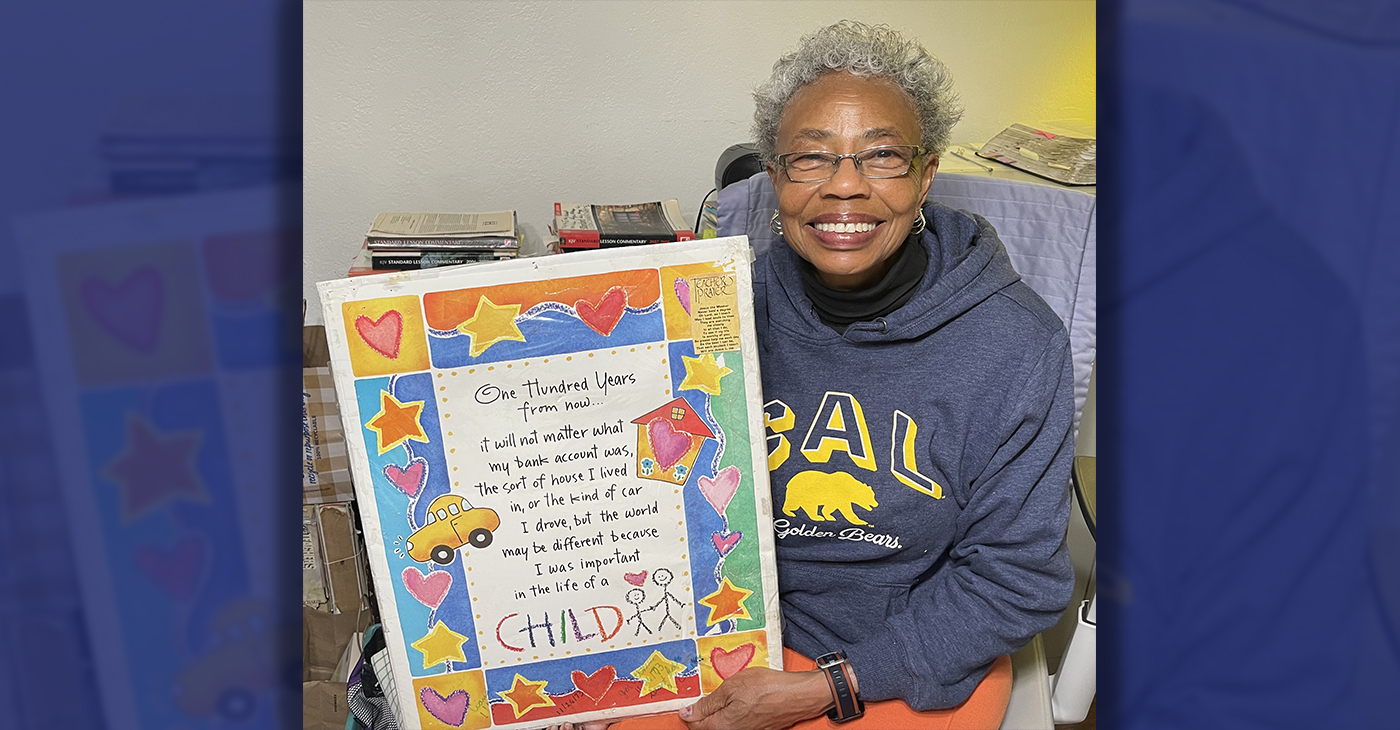
Sister Juanita Matthews
55 Years with Oakland Public School District
The Teacher, Mother, Community Outreach Champion, And Child of God
Juanita Matthews, better known as “Sister Teacher,” is a walking Bible scholar. She moved to California from the great state of Arkansas in 1971. Sister Teacher has a passion for teaching. She has been a member of Bible Fellowship Missionary Baptist Church since 1971. She followed her passion for teaching, and in 1977 became the lead teacher for Adult Class #6. Her motto still today is “Once My Student, Always My Student”.
Beyond her remarkable love for the Lord, Sister Teacher has showcased her love for teaching by working for the Oakland Unified School District for 55 years, all but four of those years spent at Emerson Elementary and Child Development School. She truly cares about her students, making sure they have the tools/supplies needed to learn either at OUSD or Bible Fellowship Missionary Baptist Church.
She’s also had a “Clothes Closet Ministry” for 51 years, making sure her students have sufficient clothing for school. The Clothes Closet Ministry extends past her students, she has been clothing the community for over 50 years as well. She loves the Lord and is a servant on a mission. She is a loving mother to two beautiful children, Sandra and Andre. This is the impact this woman of God has on her church and the community.
-

 Activism4 weeks ago
Activism4 weeks agoOakland Post: Week of March 27 – April 2, 2024
-
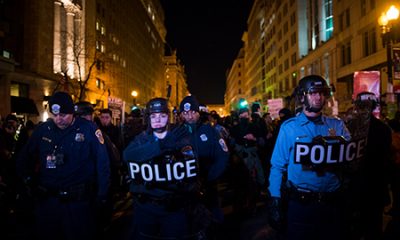
 #NNPA BlackPress4 weeks ago
#NNPA BlackPress4 weeks agoCOMMENTARY: D.C. Crime Bill Fails to Address Root Causes of Violence and Incarceration
-
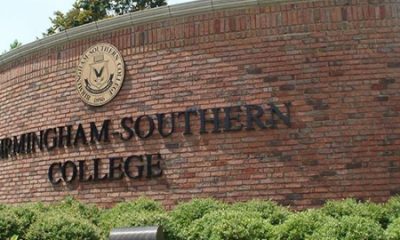
 #NNPA BlackPress4 weeks ago
#NNPA BlackPress4 weeks agoMayor, City Council President React to May 31 Closing of Birmingham-Southern College
-
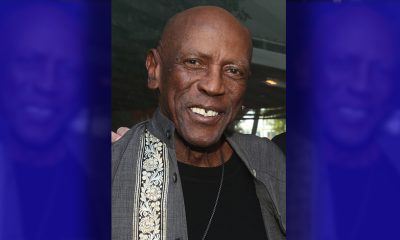
 #NNPA BlackPress4 weeks ago
#NNPA BlackPress4 weeks agoBeloved Actor and Activist Louis Cameron Gossett Jr. Dies at 87
-
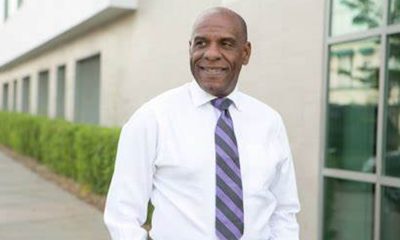
 Community1 week ago
Community1 week agoFinancial Assistance Bill for Descendants of Enslaved Persons to Help Them Purchase, Own, or Maintain a Home
-
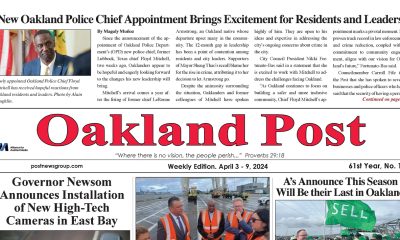
 Activism3 weeks ago
Activism3 weeks agoOakland Post: Week of April 3 – 6, 2024
-

 Business1 week ago
Business1 week agoV.P. Kamala Harris: Americans With Criminal Records Will Soon Be Eligible for SBA Loans
-
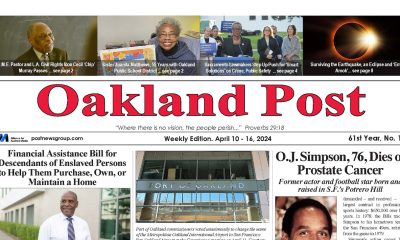
 Activism2 weeks ago
Activism2 weeks agoOakland Post: Week of April 10 – 16, 2024

